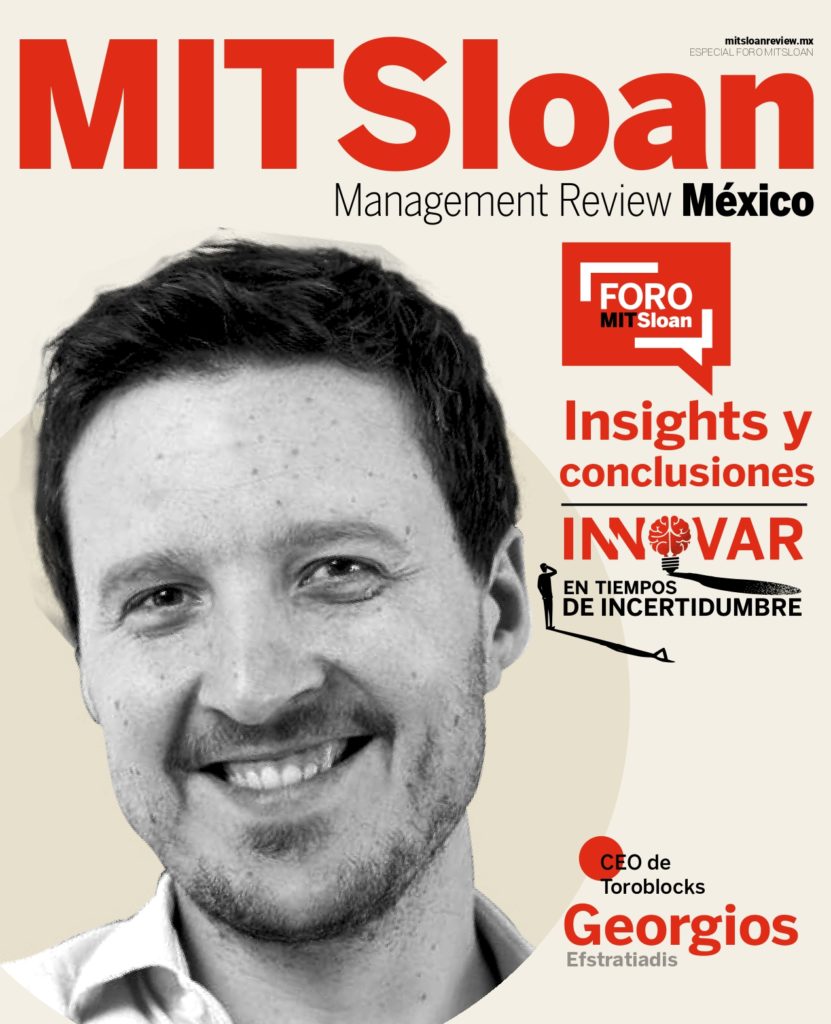Artificial intelligence has been at the forefront of technological innovation for years, with tech giants constantly pushing the boundaries of what AI models can achieve. Recently, a heated debate has erupted in the AI community over the potential supremacy of Google’s upcoming AI model, Gemini, over OpenAI’s GPT-4. This clash of the titans has sparked intense discussions online, as researchers and enthusiasts weigh in on the future of AI.
Over the weekend, Dylan Patel and Daniel Nishball, renowned semiconductor bloggers who co-author SemiAnalysis, published a blog post that sent shockwaves through the AI world. Their bold claim in the article, titled “Google Gemini Eats The World — Gemini Smashes GPT-4 By 5X, The GPU-Poors,” suggested that Google’s advanced GPUs and extensive infrastructure would give them a significant advantage over OpenAI’s GPT-4.
The central question raised by Patel and Nishball’s analysis is whether more computational power equates to a superior AI model. This debate quickly spread across social media platforms and tech forums, igniting passionate arguments from both sides.
One prominent figure who was clearly irked by the SemiAnalysis post was OpenAI’s CEO, Sam Altman. He took to social media, specifically X-formerly-Twitter, to dismiss the researchers’ analysis, suggesting that the blog was merely a part of Google’s internal marketing and recruitment efforts. His response was succinct: “lol.”
In a surprising turn of events, Patel responded to Altman’s criticism with a post of his own on X-formerly-Twitter. The post featured a meme of Google’s CEO, Sundar Pichai, appearing to force-feed milk to Altman, accompanied by the caption, “Sundar to the GPU-poors.” Patel clarified that the data used in their analysis was obtained from a Google supplier, adding, “and we made the chart.”
While the feud between OpenAI and SemiAnalysis continued to unfold, some observers pointed out that the argument might be oversimplified. As one Hacker News user noted, computational power alone is not the sole determinant of AI model superiority. Factors such as the training process, data quality, and the actual performance of Gemini compared to GPT-4 in various tasks should be considered before making any definitive conclusions.
Indeed, OpenAI’s ChatGPT release was a significant milestone in the AI race, but Google, with its substantial resources and long-standing commitment to AI research and development, is undoubtedly working on formidable AI models of its own. The AI community eagerly awaits the opportunity to see how Gemini performs in real-world scenarios and whether it lives up to the hype generated by the SemiAnalysis post.
In the end, the clash between OpenAI and Google serves as a reminder of the competitive nature of Silicon Valley’s tech giants. While the debate rages on, it’s clear that the future of AI will continue to be shaped by these industry leaders, each striving to outdo the other in the quest for AI supremacy.
As the AI race accelerates, one thing is certain: AI technology will continue to evolve, pushing the boundaries of what is possible and potentially revolutionizing various industries in the process. Whether it’s Gemini, GPT-4, or another groundbreaking model, the world is on the cusp of witnessing AI’s next great leap forward.




Pingback: cialis buy online canada
Pingback: buy 10 viagra pills
Pingback: cost viagra 100mg
Pingback: viagra 800mg
Pingback: buy viagra online pharmacy
Pingback: sildenafil 100mg uk
Pingback: buy cialis online australia pay with paypal
Pingback: free trial of cialis
Pingback: cialis and no prescription
Pingback: pay cialis with pay pal
Pingback: gabapentin formication
Pingback: how long does it take for sulfamethoxazole to work for uti
Pingback: flagyl antabuse
Pingback: wockhardt nolvadex
Pingback: can i take gabapentin and lyrica together
Pingback: valtrex lupus
Pingback: lasix steroids
Pingback: enalapril metformina
Pingback: lisinopril cholesterol
Pingback: rebellious for diabetes
Pingback: 0.05 ml semaglutide
Pingback: can u drink alcohol with cephalexin
Pingback: cost of zoloft
Pingback: flagyl ds
Pingback: escitalopram interactions
Pingback: keflex penicillin allergy
Pingback: viagra for sale usa
Pingback: duloxetine hcl dr 60 mg para que sirve
Pingback: can u overdose on fluoxetine
Pingback: gabapentin breastfeeding
Pingback: switching from amoxicillin to cephalexin
Pingback: ciprofloxacin fish antibiotics
Pingback: can you drink alcohol with bactrim
Pingback: what type of antibiotic is bactrim
Pingback: does amoxicillin go bad
Pingback: depakote drug class
Pingback: diltiazem adverse effects
Pingback: cozaar losartan
Pingback: flomax za-18
Pingback: how long does flexeril stay in your system
Pingback: withdrawal from effexor
Pingback: ddavp injection stability
Pingback: ezetimibe health canada
Pingback: citalopram dosage 10 mg
Pingback: what is diclofenac sodium topical gel
Pingback: does augmentin treat uti
Pingback: contrave side effects reddit
Pingback: amitriptyline 25mg side effects
Pingback: baby aspirin side effects
Pingback: side effects aripiprazole
Pingback: allopurinol side effects liver
Pingback: what is celebrex prescribed for
Pingback: how long does it take for celexa to get out of your system
Pingback: ashwagandha dosage for testosterone
Pingback: celecoxib generic price
Pingback: baclofen uses
Pingback: augmentin sinus infection
Pingback: bupropion vs sertraline
Pingback: robaxin 500 mg vs flexeril
Pingback: protonix max dose
Pingback: semaglutide dosing schedule
Pingback: repaglinide therapeutic class
Pingback: actos bloating
Pingback: acarbose igt
Pingback: can you take abilify while pregnant
Pingback: remeron sleep
Pingback: voltaren emulgel 1% 100g
Pingback: spironolactone egg freezing
Pingback: maximum dose of sitagliptin per day
Pingback: buy ivermectin for humans australia
Pingback: venlafaxine for hot flashes
Pingback: synthroid dandruff
Pingback: what does tizanidine look like
Pingback: tamsulosin 0.4 mg retard
Pingback: is sildenafil viagra
Pingback: sildenafil price walmart
Pingback: cheap levitra com
Pingback: cialis online pills
Pingback: pharmacy cialis no prescription
Pingback: levitra 5 mg
Pingback: bromocriptine online pharmacy
Pingback: ivermectin 0.5 lotion india
Pingback: can a person buy tadalafil
Pingback: ivermectin tablets uk
Pingback: ivermectin 6 tablet
Pingback: ivermectin brand name
Pingback: vardenafil 10mg tablets
Pingback: ivermectin uk buy
Pingback: best female viagra pills in india
Pingback: levitra vardenafil 20mg
Pingback: sildenafil vs tadalafil which is better
Pingback: ivermectin buy
Pingback: buy female viagra in india
Pingback: how long does it take for flagyl to work
Pingback: max trazodone dose for dogs
Pingback: how long does pregabalin withdrawal last
Pingback: how much does tamoxifen cost per month
Pingback: prednisone with food
Pingback: clotrimazole and cotrimoxazole
Pingback: valacyclovir warnings
Pingback: keflex antibiotic
Pingback: cipro in pregnancy
Pingback: what if doxycycline doesn't work for chlamydia
Pingback: modafinil germany
Pingback: best time to take amlodipine and lisinopril
Pingback: cephalexin pregnancy
Pingback: metformin alternatives
Pingback: amoxil rash pictures
Pingback: buy levitra pills online
Pingback: slevotra vardenafil
Pingback: online tadalafil
Pingback: how long does sex last with viagra
Pingback: viagra at asda pharmacy
Pingback: sildenafil half life
Pingback: sildenafil 100mg coupon
Pingback: can you buy sildenafil over the counter
Pingback: how much sildenafil can i take
Pingback: sildenafil good rx
Pingback: cheap tadalafil
Pingback: nitrofurantoin online pharmacy
Pingback: generic levitra 20mg
Pingback: how much does levitra cost
Pingback: how to flush cialis out of your system
Pingback: is it ok for a woman to take sildenafil
Pingback: purchase levitra online
Pingback: maximum dose of tadalafil in 24 hours
Pingback: rx online pharmacy reviews
Pingback: cheap generic levitra
Pingback: cialis over the counter at walmart
Pingback: river pharmacy revia
Pingback: best online pharmacy xanax
Pingback: does sildenafil expire
Pingback: cost of vardenafil
Pingback: isotretinoin indian pharmacy
Pingback: how often can you take sildenafil
Pingback: what are vardenafil tablets
Pingback: mixing tadalafil and sildenafil
Pingback: tadalafil daily review
Pingback: how much does viagra cost at the pharmacy
Pingback: tadalafil 20mg price cvs
Pingback: tadalafil and alcohol
Pingback: mexican online pharmacy reviews
Pingback: what happens if a woman takes tadalafil
Pingback: lidocaine powder pharmacy
Pingback: oxycodone indian pharmacy
Pingback: anthem online pharmacy
Pingback: tegretol l.p 400 mg
Pingback: carbamazepine for bipolar 2
Pingback: what is a low dose of celebrex
Pingback: etodolac liver damage
Pingback: is aleve or motrin better for back pain
Pingback: sulfasalazine for osteoarthritis
Pingback: prospect celebrex 100 celecoxib
Pingback: dose of ibuprofen for dogs
Pingback: what does neurontin show up as on a drug screen
Pingback: gabapentin prospect
Pingback: how long do i take indomethacin for gout
Pingback: diclofenac brand names
Pingback: can you take elavil and lexapro together
Pingback: cumpar mestinon
Pingback: cost cheap minocycli
Pingback: can you buy mebeverine over the counter in the uk
Pingback: is imitrex over the counter
Pingback: cilostazol monograph
Pingback: amitriptyline drug interactions
Pingback: baclofen rezeptfrei preisvergleich
Pingback: mobic dolori mestruali
Pingback: maxalt triptan
Pingback: prednisone imuran
Pingback: usos del sumatriptan
Pingback: cual es la diferencia entre meloxicam y piroxicam
Pingback: contoh manfaat obat piroxicam
Pingback: can you drink alcohol while taking azathioprine
Pingback: imdur merck
Pingback: rizatriptan overdose
Pingback: lioresal et fibromyalgie
Pingback: can you get cheap ketorolac for sale
Pingback: montessori circle artane
Pingback: periactin cheap
Pingback: apetito cyproheptadine tablets
Pingback: zanaflex capsules dosage
Pingback: buy generic toradol without dr prescription
Pingback: active ingredient tizanidine